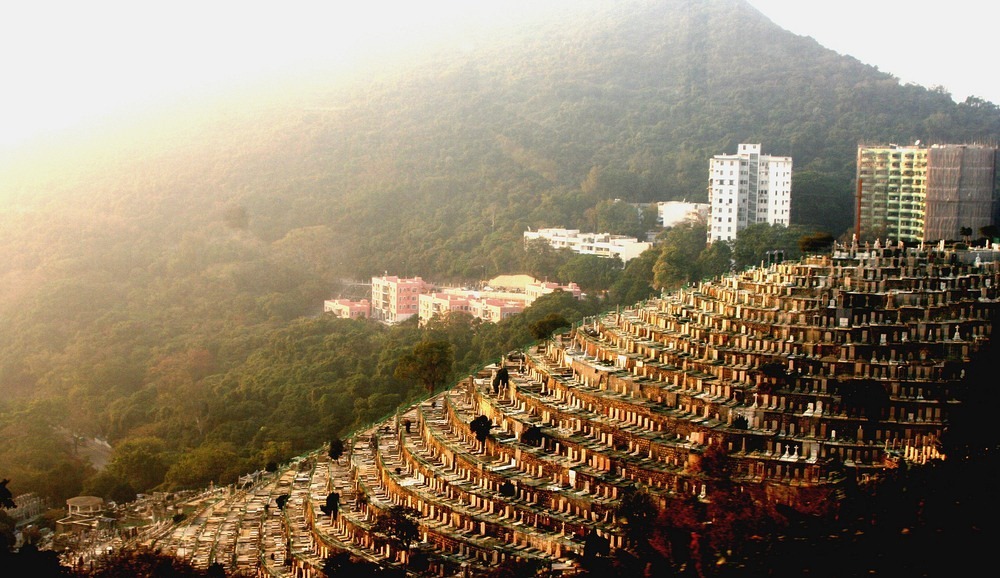According to a survey by Population Reference Bureau, nearly 101 billion dead people are buried in the earth and there are 7 billion that will soon join them as well. As the dead are outnumbering the living, the space for cemeteries has also become premium. Many European countries have been using graves to bury their dead ones for centuries now. In Prague, at the Old Jewish Cemetery, when the space for graves run out, they add a fresh layer of soil on top of the old ones so that more room can be created for new bodies. When the last burial was taking place there in 1787, each grave already had twelve layers of graves stacked on top of each other.
In Norway, old graves are dug up every 20 years as authorities hope this is enough time for a body to decompose. Some graveyards also inject the coffins with a solution of limestone to speed up the decomposition process. Not only Norway, but England is also running out of space for burials. A study says that if burials continue till 2050 as they are being practiced today, we will need a 6500 sq km of space for a graveyard. This is five times the size of New York City.
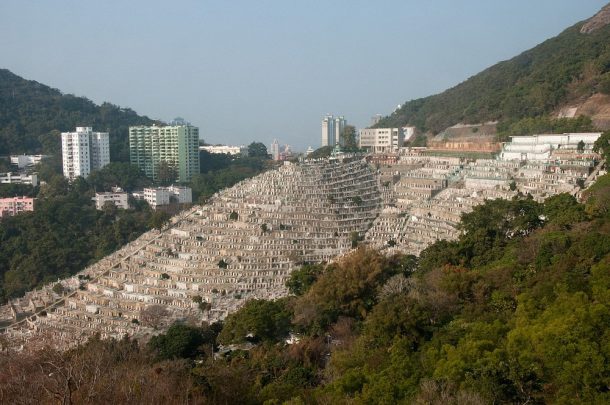
Many countries are looking towards the sky instead of the earth to solve this problem. Asis is leading in the trend of verticle cemeteries. In many Asian countries, it’s a trend to bury the dead in a multi-story pagoda. This might be the influence behind the design of the high-rise pagoda-like cemetery in Tainan, Taiwan. The cemetery is known as Lung Yen Life Service.
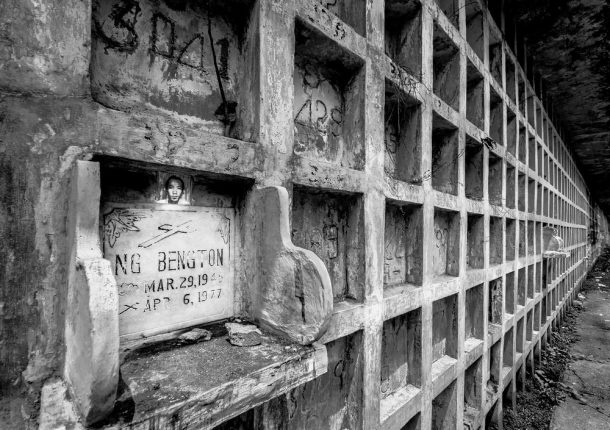
In Hong Kong, cemeteries are built on high slopes so that space can be saved. A businessman in Japan has opened a hotel for the dead. The families of the dead can temporarily keep the dead body there while they wait for their turn in the city’s crematoriums. A true example of verticle cemetery is the Memorial Necropole Ecumenica in Santos, Brazil. It has 32 stories and has space to bury 25,000 people. It was a small building when built in 1983, however, the demand for ‘tombs with a view’ increased so much that they kept adding floors until it became the tallest cemetery in the world. Each floor has 150 tombs, equipped with the ventilation system and can accommodate up to six bodies. Every three years, the body is decomposed, the family of the deceased can then have the body exhumed or transferred to the building’s ossuary. The building also has wake rooms, crypts, mausoleums, a chapel and a snack bar on the roof. The building has a garden, a woodland, a lagoon and a waterfall in the surrounding.
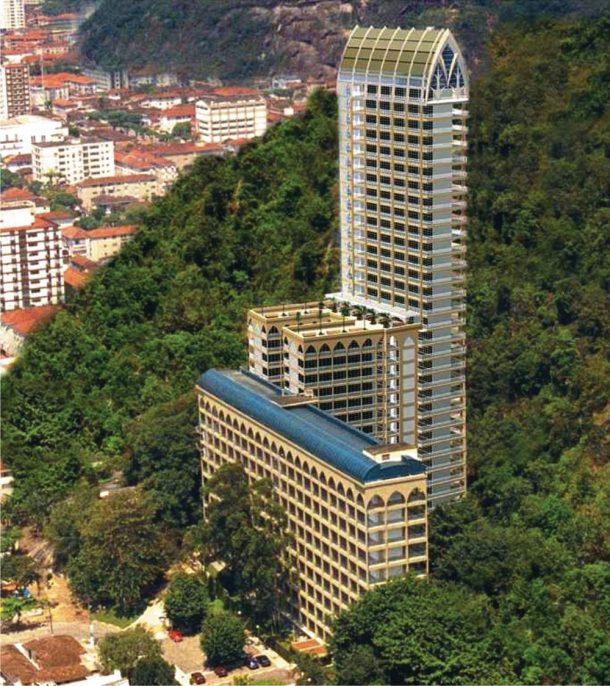
Tel Aviv is also building a new high-rise in the Yarkon Cemetery. It will have space for 250,000 burials. The building towers have pipes that are filled with dirt so that each layer stays connected to the ground. This is done so that the ultra-orthodox Jews don’t get offended by the construction. Another verticle cemetery is also under construction in Mumbai. This high-rise named Moksha tower will be the world’s tallest cemetery. It will outrank the Memorial Necropole Ecumenica in Brazil as well. The Moksha tower will have facilities o both cremation and burial. It will also have a tower of silence for the Parsis on the top of the tower.
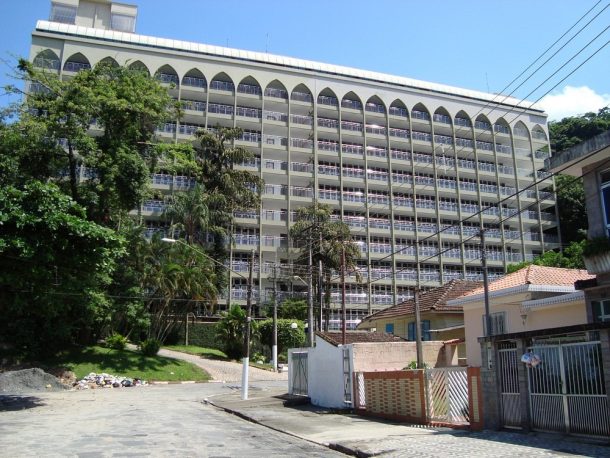
Even though a lot of extra space is offered by the verticle cemetery however the designer of the tower says that the dead bodies can stay in the tower only for 5 to 10 years. He said that “Mumbai’s density leaves little room for the living, let alone for the dead.”

